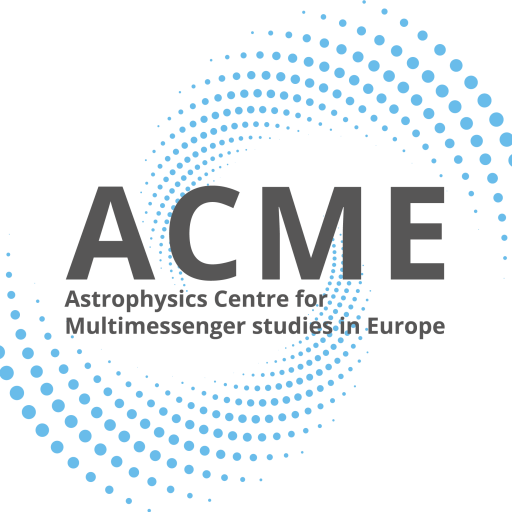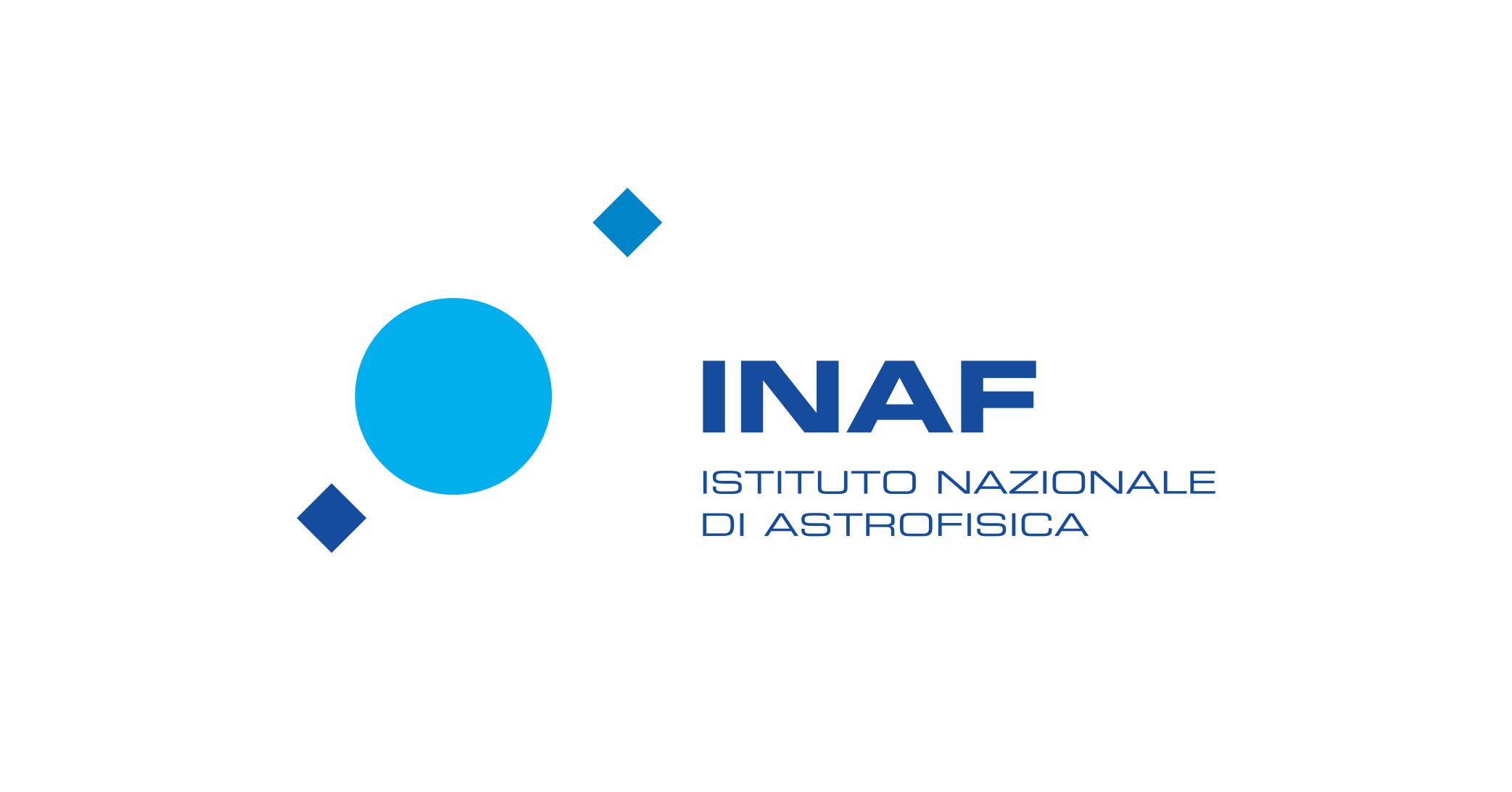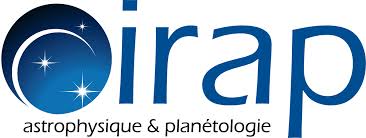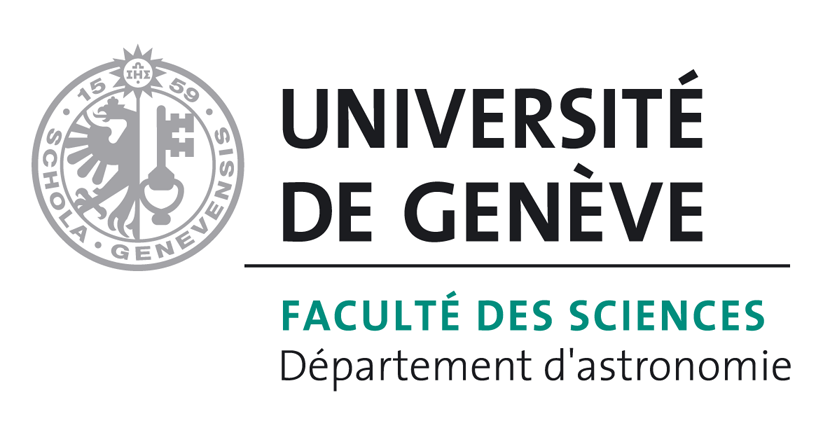Centre of Expertise — X-rays
X-rays are emitted due to energetic processes, either high temperatures (for example thermal emission) or through populations of highly accelerated particles (for example Bremsstrahlung radiation, Compton scattering, etc). Many celestial bodies emit in the X-ray, notably stars, compact objects (neutron stars, white dwarfs), accretion around compact objects including black holes, but also the remains of stars (supernova remnants), galaxy clusters, and even aurora on other planets and charge exchange. Compact objects, due to their small size, accretion discs and stars are highly variable and therefore many transient events have X-ray counterparts and many multi-messenger events are highly energetic and therefore also emit in the X-ray.
The X-ray Centre of Expertise proposes assistance in learning to reduce and analyse X-ray data from the full array of X-ray observatories and instruments, how to use various X-ray packages available, and also provides assistance in X-ray models, proposal writing and exploiting the large volumes of data, notably through the various catalogues available and the study of populations. Specific expertise is also available for the study of transients and multi-wavelength studies of X-ray sources.
List of nodes
INAF
The Italian National Institute for Astrophysics (INAF) is responsible for promoting, organizing, coordinating and conducting research activities in the field of astrophysics in Italy, covering a wide range of astrophysical fields, including cosmology, astroparticle...
SRON
SRON is the Dutch national expertise institute for scientific space research. Our scientific focus points are low- and high-energy astrophysics, exoplanets and studies of the Earth's atmosphere. In these scientific areas, we develop detection technologies and provide...
IRAP
The Institut de Recherche en Astrophysique et Planétologie (IRAP, UMR5277) in Toulouse is a Joint Research Unit under the auspices of the CNRS, the University Toulouse III and the French Space Agency (CNES). It one of the nine laboratories making up the Observatoire...
UNIGE
The Department of astronomy of the University of Geneva hosts several projects that are of interest to provide scientific expertise for astrophysical multi-messenger observations. There are four main research directions: Exoplanetary Systems, Stars Formation &...
List of instruments and experiments
NewAthena
NewAthena is an observatory that is currently planned by ESA for 2038, to be launched into orbit at the L1 point. It should be able to detect sources down to ~1 x 10⁻¹⁶ erg cm⁻² s⁻¹. It will have two X-ray instruments, the X-ray Integral field Unit (X-IFU) that will...
Einstein Probe
Einstein Probe is a Chinese mission launched on 9th January 2024 into a low Earth orbit. It has a Wide field telescope (WXT) with a field of view of 3600 square degrees and spatial resolution FWHM ~5’. It also has a follow up telescope (FXT) that operates in the...
ROSAT
The Roentgen Satellite, ROSAT, a Germany/US/UK collaboration, was launched on June 1, 1990 into a low Earth orbit and operated for almost 9 years. It was sensitive in the 0.1-2.4 keV band. The two X-ray instruments were the Position Sensitive Proportional Counter...
eROSITA
Spectrum-Roentgen-Gamma (SRG) is a German-Russian mission launched on July 13 2019, and placed in a halo orbit around the L2 point to scan the sky. The eROSITA (extended ROentgen Survey with an Imaging Telescope Array) instrument observes in the energy range ~0.2-8...
SVOM
The Space-based multi-band astronomical Variable Objects Monitor (SVOM) is a French-Chinese mission that was launched on 22nd June 2024 into low Earth orbit. This spacecraft, designed to rapidly slew to observe transients, has four instruments: ECLAIRs with a 2 sr...
NuSTAR
The Nuclear Spectroscopic Telescope Array (NuSTAR) is a small NASA mission launched on 13th June 2012 into a low Earth orbit. It observes in the 3-79 keV range. It has two focal plane detectors of 13’ x 13’, with spectral resolution of 0.4 keV and angular resolution...
Integral
Integral was a European Space Agency mission that was active between 17 October 2002 and 28th February 2025. It functioned in a highly elliptical orbit with observations of ~50 h possible. The four onboard instruments were SPI, a gamma-ray spectrograph (18 ke V – 8...
Neutron star Interior Composition Explorer (NICER)
The Neutron star Interior Composition Explorer (NASA) mission was launched on the 3rd June 2017 and installed on the International Space Station in low Earth orbit. This instrument observes in the 0.2-12;0 keV band and reaches ~3 x 10⁻¹⁴ erg cm⁻² s⁻¹ in a 10 ks...
Xrism
The X-Ray Imaging and Spectroscopy Mission (XRISM) is a JAXA/NASA collaborative mission, with ESA participation. XRISM was launched on September 7, 2023 into a low Earth orbit. The XRISM payload consists of two instruments: Resolve provides non-dispersive 5-7 eV...
The Neil Gehrels Swift Observatory (Swift)
Swift was launched by NASA on 20th November 2004 in a low Earth orbit which allows for roughly hour long observations of a source. The Burst Alert telescope observes in the 15-150 keV domain down to a sensitivity of ~1 x 10⁻⁸ erg cm⁻² s⁻¹ for a short burst detection....
List of provided expertises
For any support related to the expertise mentioned below, please register on the Virtual Access platform and submit a ticket to directly engage with an expert.
- Expert support on writing observing proposals for different facilities
- Support for X-ray data reduction/analysis for all X-ray observatories (see above)
- Data reduction of photometric and spectroscopic data (detailed knowledge of high resolution X-ray spectroscopy) with a specialisation in astrophysical transients
- Interpretation/modeling of photometric and spectroscopic emission of astrophysical transients
- Specialised knowledge on the REFLEX model for the active Galactic Nuclei emission and the JETSET model for electromagnetic emission of astrophysical jets.
- Spectroscopic classification of astrophysical transients
- Theoretical studies on nucleosynthesis of r-process
- Population studies, rates and statistics of astrophysical transients
- Data mining the archives and catalogue usage
List of tools
For any support related to the tools mentioned below, please register on the Virtual Access platform and submit a ticket to directly engage with an expert.
JETSET
JETSET is an open source C/Python framework to reproduce radiative and accelerative processes acting in relativistic jets, …
REFLEX
REFLEX is a ray-tracing code that propagates X-rays through the surrounding medium, taking into account the most common physical phenomena, like photo-electric absorption, Compton and Rayleigh scatterings and fluorescence. We provide the RefleX code itself for both...
POSYDON
A General-Purpose Population Synthesis Code with Detailed Binary-Evolution Simulations. It incorporates full stellar-structure and binary-evolution modeling, using the MESA code, throughout the whole evolution of the binaries. The use of POSYDON enables the...
X-PSI
X-PSI is designed to simulate rotationally-modified (pulsed) surface X-ray emission from neutron stars, taking into account relativistic effects on the emitted radiation. This can then be used to perform Bayesian statistical inference on real or simulated astronomical...
XMM-Newton catalogues
Detailed knowledge of the full range of XMM-Newton catalogues including the EPIC detection catalogue (more than a million detections), the EPIC stacked catalogue (427000 sources), the slew catalogue (140000 detections) and the OM catalogue (almost 10 million...
SPEX
The SPEX X-ray spectral fitting package is a software tool to fit X-ray spectra. It has been optimized for high-resolution spectroscopy and is very useful for grating spectra from XMM-Newton RGS, Chandra LETG/HETG, and micro-calorimeter spectra from Hitomi Resolve....
Multi-Messenger Online Data Analysis (MMODA)
Multimessenger online data analysis is a platform to analyze data from various missions and combine them together in contributed workflows that are written as jupyter notebooks and rendered as an online service.…




